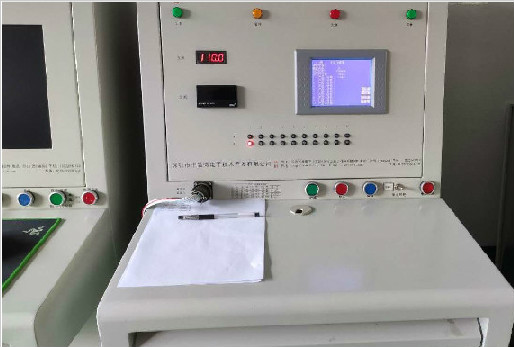a) The use of relays should try to comply with the various parameter ranges listed in the product manual.
b) The rated load and service life are reference values and will vary greatly depending on different environmental factors, load properties and types, so it is best to confirm them in actual or simulated actual use.
c) DC relays should be controlled by rectangular waves as much as possible, and AC relays should be controlled by sine waves.
d) If the relay has been dropped or subjected to strong impact, it is recommended not to use it again.
e) Try to use it in a place with normal temperature and humidity, less dust and harmful gases. Harmful gases include sulfur, silicon and nitrogen oxide gases.
f) For magnetic latching relays, they should be placed in the action or reset position as needed before use. Pay attention to polarity and pulse width when applying voltage to the coil.
Contact Precautions
Contacts are the most important structural parts of relays. The service life of the contacts is affected by the contact material, the voltage and current values on the contacts (especially the voltage and current waveforms when making and breaking), load type, switching frequency, environmental conditions, contact form, contact Point form, contact rebound phenomenon, etc. Contact failure is mostly caused by material transfer, adhesion, abnormal consumption, etc. of the contacts. Failure phenomena such as increased contact resistance may occur, so care must be taken when using it.
For better use of the relay, please refer to the contact-related considerations described below.
1.1 Load
The size of the resistive load is generally recorded in the product manual, but this alone is not enough. Test confirmation should be carried out on actual contact circuits.
The minimum load recorded in the product manual is not the standard lower limit value for the relay to switch reliably. This value has different reliability levels due to variations in switching frequency, environmental conditions, required contact resistance, and absolute value.
1.1.1
Voltage The voltage of the contact circuit. When the inductive circuit is disconnected, there is a reverse voltage that is greater than the circuit voltage. The higher the voltage, the greater the energy, resulting in increased contact consumption and material transfer, so care is required. The size of the load type is controlled by the relay contacts.
Under the same current, the direct current (DC) voltage value that the relay can reliably switch is much lower than the alternating current (AC) voltage value. Since AC current has a zero point (the point where the current is zero), the arc generated is easily extinguished, while for DC, the arc generated can only be extinguished after the contact gap reaches a certain value, making the arc duration longer than in the AC case. Exacerbated contact consumption and material transfer.





